“Not to worry”, my buddy kept insisting. “The tow truck will be here in half an hour.”
I wasn’t so convinced.
“Seen that movie before”, I replied. “The tow truck never comes…”

It’s amazing how quickly even the simplest of plans can change. Consider, for instance, the casual afternoon of steelhead fishing that my buddy Dustin and I had planned for this past weekend. We had forgone our usual routine of getting on the river at first light for a much more civilized first cast at 1 PM. Whereas a normal day of steelheading starts with a 4 AM wake-up call and bad take-away coffee for the drive in the dark, this day was more about spending a few relaxing hours away from the city. Fish or no fish, we were going to be happy just being in the wilderness, surrounded by nothing but eagles, forests and mountains.

The day seemed ideal for such a plan. The weather forecast had called for rain, but as we stepped out of the truck at the crack of 1 we were greeted with brilliant sunshine that warmed the air pleasantly. We took a couple of hours to work through one of our favorite runs. No fish, but already the city and it’s frantic pace seemed far behind us.
 stream. We soon discovered that the snowplow had only cleared the road as far as a small hydroelectric facility, and our spot was another several miles further. Someone else had carried on up the snow-covered road from that point, as indicated by relatively fresh tire tracks, so we decided to follow suit.
stream. We soon discovered that the snowplow had only cleared the road as far as a small hydroelectric facility, and our spot was another several miles further. Someone else had carried on up the snow-covered road from that point, as indicated by relatively fresh tire tracks, so we decided to follow suit.
About 2 ½ miles further we came across the spot. It looked dodgy, but doable. Dustin turned the wheel and followed the tracks to the right. We inched forward and had just put the vehicle into reverse when we felt the front end drop. That’s never a good sign. We piled out of the truck and stared in dismay at our front end, firmly settled down into a ditch. I pulled out my cell phone and wasn’t surprised to see the “no service” message. Still, we were somehow convinced that with just a little effort, we’d succeed in digging ourselves out and we’d be on our way.
 once they got to an area that had cell phone coverage. Several hours later, exhausted from digging and pushing, we sat back and pondered the likelihood of the tow truck arriving. Dustin seemed confident that it would only be a matter of time. I wasn’t so convinced, and felt it was time to start hiking out. Darkness had pretty well set in, and we were a long way from another human being.
once they got to an area that had cell phone coverage. Several hours later, exhausted from digging and pushing, we sat back and pondered the likelihood of the tow truck arriving. Dustin seemed confident that it would only be a matter of time. I wasn’t so convinced, and felt it was time to start hiking out. Darkness had pretty well set in, and we were a long way from another human being.This is the part of the story where my ever-prepared father will shake his head and wonder out loud “Will Dave ever learn?” My Dad is notorious for having every imaginable piece of equipment you could possibly need in his backpack. We’d go on hunting trips and I swear he could have built a small warming hut, complete with hot tub, out of items from that pack. His buddies and I would often rib him, but we were always thankful when he’d supply us with some extra gloves or spare batteries.






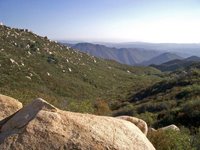
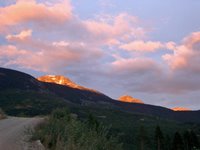
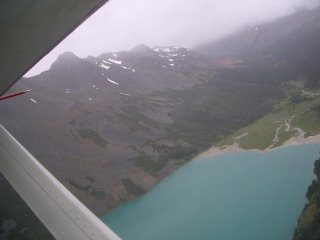
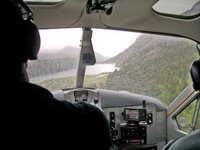
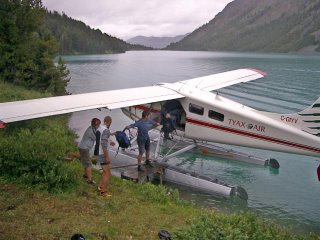
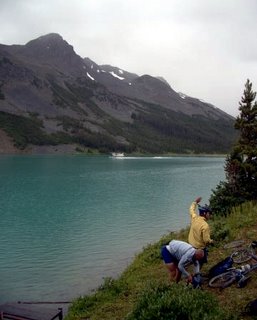
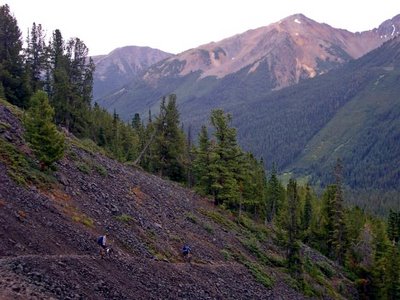


 That’s right, I chose to spend the pre-Super Bowl hours fly fishing in a glacial fed river about 1 ½ hours north of Vancouver. At the same time the players were undoubtedly beginning their game day rituals in snowy Michigan, I was chasing the moonlight along a west coast highway, intent on catching first light in the water. We were all praying for our good fortune; the players hoping to catch the top prize in the biggest media event in America, me hoping to catch, and release, a winter run steelhead.
That’s right, I chose to spend the pre-Super Bowl hours fly fishing in a glacial fed river about 1 ½ hours north of Vancouver. At the same time the players were undoubtedly beginning their game day rituals in snowy Michigan, I was chasing the moonlight along a west coast highway, intent on catching first light in the water. We were all praying for our good fortune; the players hoping to catch the top prize in the biggest media event in America, me hoping to catch, and release, a winter run steelhead.

